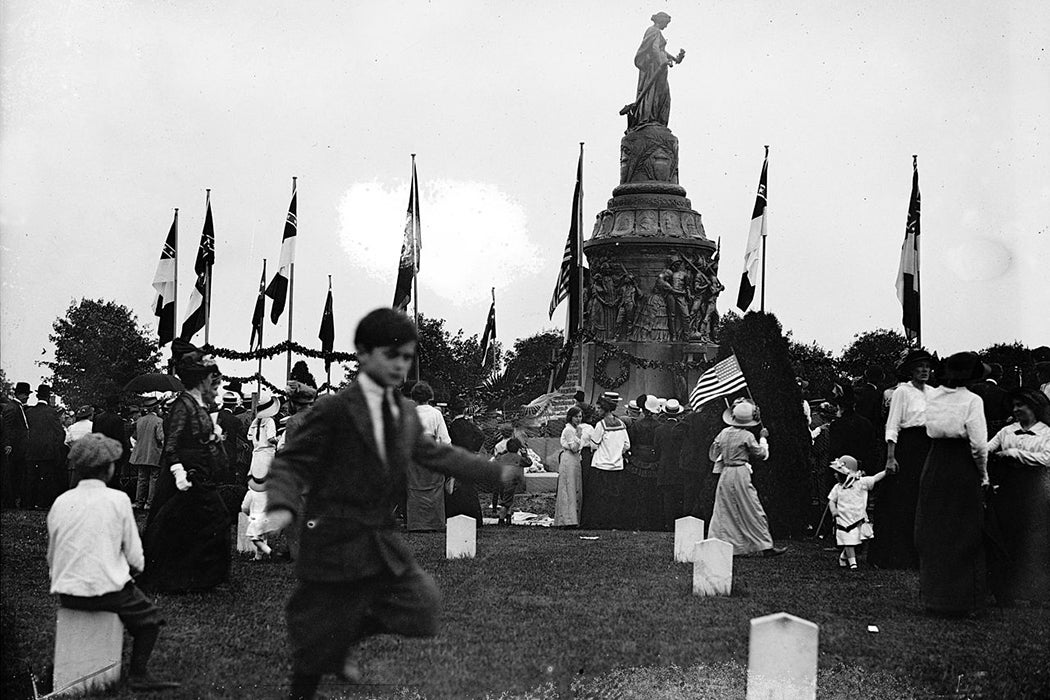The English came to the New World proud of their conception of liberty. Historian Michael Guasco writes that the settlers claimed their antipathy for slavery contrasted them from the rest of the world, especially their colonial competitor Spain, already infamous for working Native Americans to death. Yet after the Pequot War of 1637, Puritans shipped captured Pequots to bondage in a small Puritan community on the coast of Nicaragua called Providence Island. There they were called “cannibal negroes” to distinguish them from the native Moskitos, with whom the Puritans wished to maintain good relations. Guasco calls this “Anglo-America’s first true slave society.”
Soon after, in 1641, Massachusetts became the first North American colony to legally authorize slavery. Several hundred other Pequot captives were in bondage there, and African slavery was already established.
Yet, as Guasco notes, Indian slavery and African slavery remained distinct in the minds of the early colonialists. There was little ambiguity about the morality of enslaving Africans: the demand for labor was great and a race-based plantation system fit the bill. All through the seventeenth century, continues Guasco, “the creeping encroachment of plantation slavery among the English in the Americas and the racialization of non-European peoples” proceeded apace.
But when it came to the indigenous peoples, the English were deeply ambivalent. Initially, English colonial promoters painted native peoples as natural allies against the Spanish, claiming they were indeed akin to the English (except in religion and civil government). But the propaganda used in England to justify this occupation of a foreign land was rather different. The tensions and conflicts that developed as a consequence of colonial invasion manifested in major resistance.
1622 brought a bloody uprising, in which the Powhatan Confederacy launched a surprise attack and killed a quarter of the English population of the Virginia colony. After that, the English more readily turned to demonizing the Indians. Perhaps they weren’t just Englishmen-in-waiting, after all. Some English writers went so far as adopting Spanish rationals for enslaving native peoples.
The Native Americans still weren’t as dehumanized as Africans, at least not yet. The Pequots sent to Nicaragua were supposed to be redeemed by their bondage. This was a kind of slavery deeply rooted in English society, where bondage was a “realistic punitive and rehabilitative institution.” Criminals, even English ones, could be sentenced to bondage for a set period of time. So it was not a labor system per se, as African slavery was from virtually its beginnings.
Guasco’s tracing of the subtle shifts in the meanings of human bondage sheds light on how people justified the system. Indian slavery was “ultimately absorbed by the plantation complex,” especially in the Carolinas and Georgia by the second half of the seventeenth century. “The fiction that there might be a practical, even educational, component to human bondage dissipated as slavery increasingly revealed itself as a base and brutal labor institution that most Englishmen were able to tolerate so long as they avoided thinking about it too much.”
Guasco notes that Americans like to think that slavery “was an accident of Anglo-American colonialism.” The debates over enslaving Indians show rather that the subject of bondage “elicited a great deal of thought well before the birth of the plantation complex.”








